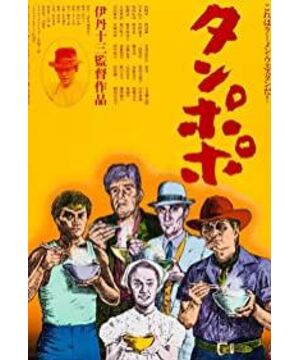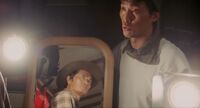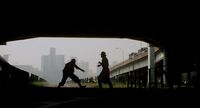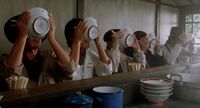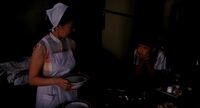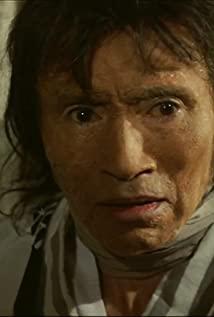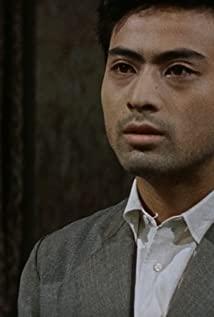The three scenes of food and death are beyond the average level of the film. The director has extraordinary talent, but he seems to be dismissive. Or a kind of ridicule, a kind of dissolution, after every tragic scene about food and death, it seems to remind the audience what is a movie in a movie and what is a movie in a movie in the way of a transition that pays homage to the silent film. reality. This is confirmed in the first scene of the film that breaks the fourth wall. The opening remarks and final death of the gang boss also make a complete stitching for the "movie within the movie".
The national character of the Japanese can also be explored in this film, from the French menu that the upper class cannot understand in high-end restaurants, to a group of women learning the elegant way of eating pasta, and then to the new noodle restaurant opening its doors to welcome customers, with Western-style decoration Style, a few Westerners lining up at the door also seem to satisfy the audience's identity psychology about "national self-improvement". In the mix, there is irony, rationality, and subconscious inferiority. The entrepreneurial history of the Dandelion Ramen Restaurant is like the epitome of the entrepreneurial history of Japanese nationals, revitalizing the national economy and exporting local culture. However, the biggest nobleman is a truck driver who is a cowboy in the American West. In the end, he goes away and hides his name deeply, which has to be imagined. Even, since the Meiji Restoration started and experienced the crazy tragedy of World War II, in the 1980s when the society was prosperous, the Japanese once again confirmed the successful reform.
In the era of rapid economic progress, a little falsehood in literary and artistic works seems to be inevitable. The last shot of the mother breastfeeding, combined with the above analysis, is indeed a bit too optimistic and full of romantic imagination. The exposure of women's bodies, when the society is affluent, literary and artistic works are especially happy to show.
View more about Tampopo reviews


